Blended families have estate planning challenges differing from traditional families, explains a recent article from The Record Courier, “Estate Planning for Blended Families.” A blended family is one where one or both partners have children from a prior marriage. The details vary, but the concern is the same: the possibility for the children to be disinherited after one spouse dies if the surviving spouse reduces or eliminates any provisions made for the deceased spouse’s children.
A well-drafted estate plan, created by an experienced estate planning attorney, can address this issue to ensure that the deceased spouse’s children are protected and provided for after the death of their parent.
When creating the estate plan, consider what would happen if the surviving spouse remarried. This frames the drafting process in an optimal way for the children. Provisions should be made to protect them and a number of strategies may be used.
A simple last will and testament or even a revocable trust with no provisions typically won’t be enough to address the complex needs of a blended family. When the first spouse dies, the surviving spouse remains free to change the terms of their will, which could place the children of the deceased spouse at a disadvantage.
Designating an independent fiduciary can help ensure that the children of the deceased spouse have sufficient assets. The independent fiduciary can protect the children’s interests with no risk of self-dealing. An oversight by an independent fiduciary also minimizes the chances of conflict between children and stepparents.
A properly designed estate plan protects the children of both parents, regardless of which spouse dies first. One commonly-used strategy is to create a trust leaving the assets to the surviving spouse during the spouse’s lifetime but then passes the remaining assets to the children of the deceased spouse.
Another option is to divide the estate upon the death of the first spouse, with half the estate protected for the children of the deceased spouse. The surviving spouse has access to those assets for certain needs. However, limitations may be put into place. This is applicable if the two partners bring assets of equal size to the marriage.
In some cases, the strategy to ensure that children receive the assets intended for them upon their parent’s death is to leave them to the children outside of the trust, passing them directly by naming the children as designated beneficiaries on select accounts and/or life insurance policies.
If the children are minors, creating a separate trust may be an optimal means of protecting their inheritance.
A premarital or post-nuptial agreement is also used to clarify the rights and responsibilities of each spouse during the marriage and can also be used to specify the children’s living situation and expenses and require assets to be used to maintain their standard of living.
With mindful and comprehensive estate planning, couples can leave a financial legacy for all of their children, while still providing for surviving spouses.
If your family is blended read out to Carol L. Grant, Esquire to help you design a plan to protect your children.
Reference: The Record Courier (March 12, 2023) “Estate Planning for Blended Families”








